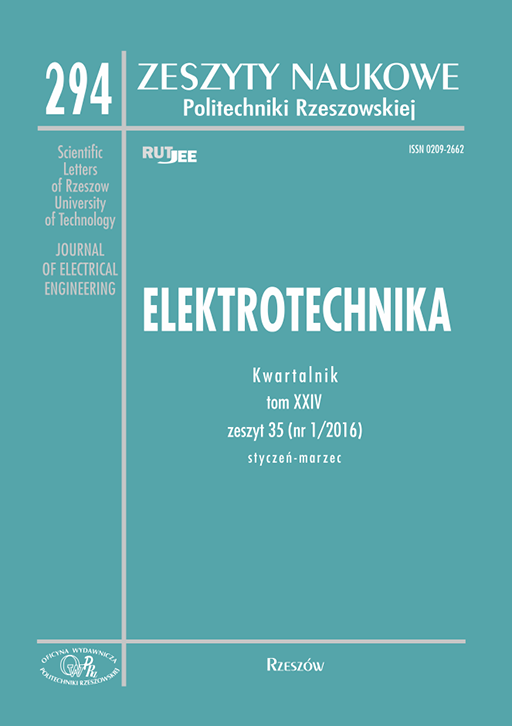Abstract
Data mining provides valuable knowledge hidden in large data sets. It allows to explore depending invisible to the naked eye. It has been used in education while preparation educational offer. The article shows the application of data mining algorithms in the preparation of the educational process. In the considered range, data mining is used to transform raw data into knowledge, which allows to know the students' preferences. It has been focused on discovering groups of students and the development of models for the assessment of their learning styles. It has been applied unsupervised classification during process build groups. Groups have been created taking into account the preferences of students in science. It has been allowed get the groups consisting of students with similar learning styles. To verify the accuracy of the classification has been used indexes validation that allowed you to select the most efficient distribution of students. The study was conducted on data collected among students of Rzeszow University of Technology based on a survey questionnaire containing the ILS. Obtained during the studies results allowed to determine what materials teaching should be prepared to be tailored to the preferences of different groups of students. Understanding the learning styles of students allows teachers to better understand the preferences of students and the students to tailor materials to their own learning style, making it easier and faster to acquire knowledge.
References
[2] Felder R.M., Silverman L.K: Learning and teaching styles in engineering education, Eng. Educ. 1988, p.674-681.
[3] Gajewski R.: O stylach uczenia się w I-edukacji, http://www.e-mentor.edu.pl [dostęp: 15.08.2015].
[4] Graf S., Kinshuk: Considering learning styles in learning managements systems: investigation the bahaviour of students in an online course. In: Proc. of the 1st IEEE Int. Workshop on Semantic Media Adaptation and Personalization, Athens 2006.
[5] Kotarska-Lewandowska B.: Programy komputerowe a style uczenia się, XIV Konferencja Diagnostyki Edukacyjnej, Opole, 2008.
[6] Larose D.T.: Metody i modele eksploracji danych, Wydawnictwo Naukowe PWN 2008.
[7] Lee M. : Profiling students adaptation styles in web-based learning, Comput. Educ. 36, 2003, p. 121-132.
[8] Morzy T.: Eksploracja danych: metody i algorytmy, Wydawnictwo Naukowe PWN, Warszawa 2013.
[9] Popularna Encyklopedia Powszechna, Wydawnictwo FOGRA, 1994-1998
[10] Taraszkiewicz M., Nowa szkoła… wspieranie kariery ucznia, WSiP, Warszawa 1997, s. 20.
[11] Zakrzewska D.: Eksploracja danych w modelowaniu użytkowników edukacyjnych i systemów internetowych, Akademicka Oficyna Wydawnicza EXIT, Warszawa 2012.
[12] Zakrzewska D.: Cluster Analysis for Users’s Modeling in Inteligent E-Learning Systems, Springer Heidelberg 2008, s. 209-214.
[13] Oszust M.: Rozprawa doktorska – Zastosowanie grupowania szeregów czasowych do rozpoznawania wypowiedzi w języku migowym na podstawie sekwencji wizyjnych, Kraków 2013, s. 35-36.
[14] Walesiak M., Dudek A.: Symulacyjna optymalizacja wyboru procedury klasyfikacyjnej dla danego typu danych – charakterystyka problemu, Zeszyty naukowe Uniwersytetu Szczecińskiego, 2006.





